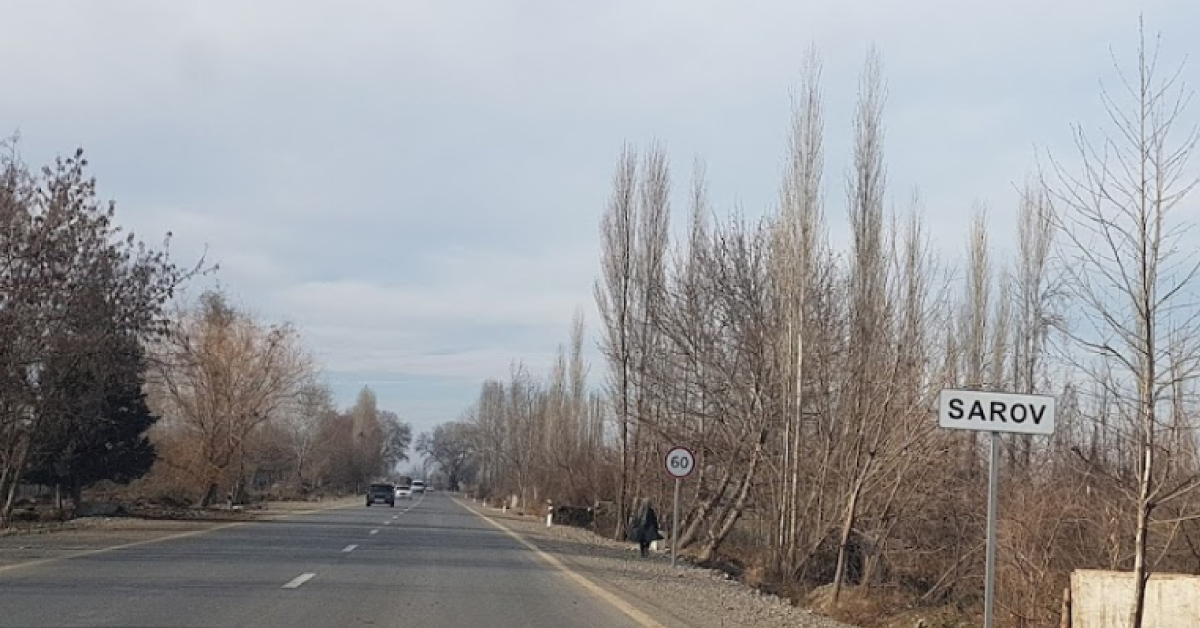2025
2025
2025-01-23

The 1888 issue of the periodical Collection of the Materials for Description of Places and Tribes of the Caucasus contains articles about the Armenian settlements of Sarov and Hadrut in Elizavetpol province.
We present the article authored by Nikolay Grigorov, inspector of the one-year school in Sarov, about the village of Sarov in the Jevanshir uyezd of Elizavetpol governorate, titled "The Village of Sarov, Elizavetpol governorate, Jevanshir uyezd".
The village of Sarov in the Jevanshir uyezd of the Elizavetpol Governorate has existed since ancient times. Later, the name "Begum" was added to its name, which the village received from Azat Begum, the sister of Mehti-guli Khan of Karabakh, who received the village as a dowry. The author N. Grigorov notes that the village of Sarov has been inhabited by Armenians since ancient times, which is also confirmed by the ancient cemetery. Among all the tombstones, one with an Armenian inscription deserves special attention, which, over time, has been erased and cannot be restored. N. Grigorov notes that according to the old residents, the village clergy could read these inscriptions. According to the author, the tombstone belongs to one of the Armenian princes who lived in the 4th century, and the graves of the residents of Sarov are situated around it.
The author notes that among the archaeological monuments proving the presence of an ancient Christian population in the village of Sarov are old wine presses used for extracting grape juice. According to data from 1873, the village had 117 households, and by 1886, this number had grown to 140. The author also mentions that the local church was in poor condition, and the construction of a new one was planned.
People came to Sarov from distant regions like Zangezur, Jabrayil, and Shushi to earn money. Thus, in September, each family prepared to host a Tatar family, consisting of a husband and wife, sometimes with 2 or 3 children. The husband helped the householder with field work, while the wife helped the housewife.
The author testifies that the neighborhood with Tatars has changed the lifestyle and customs of the residents of Sarov. Forgetting their traditions, the local Christians learned carelessness, idleness, and laziness from the Tatars.
On October 17, 1885, a school opened in Sarov, where 36 boys studied in 1886 - 35 Armenians and 1 Russian.
This article by Nikolay Grigorov again confirms that the village of Sarov in the Elizavetpol Governorate was an Armenian settlement.